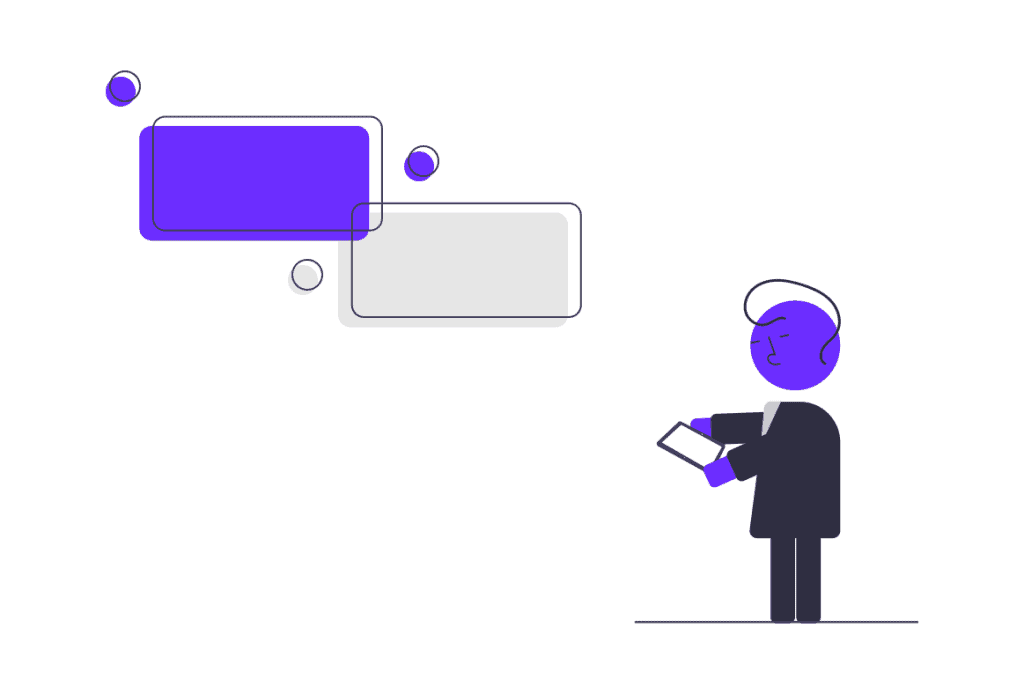Are you an amateur blogger struggling to get traffic and monetize your site?
We all have been there. It takes time and experience to learn what strategies work and which are making you lose your time. But the good news is that you can change that right now.
In this post, you will learn some of the most common amateur blogging mistakes, and how to fix them. These are actionable tips that will have a positive impact on your strategy.
So what are you waiting for? Let’s dive in!
- Most common amateur blogging mistakes
- 1. Not writing enough long-form content.
- 2. Not matching user intent.
- 3. Not having a content plan strategy.
- 4. Not optimizing for Search Engine Optimization (SEO).
- 5. Not writing for a targeted audience.
- 6. Not properly linking.
- 7. Not using enough visuals.
- 8. Trying to use many social networks.
- 9. Not promoting your blog posts enough.
- 10. Sharing only your stuff.
- 11. Ignoring list building.
- Amateur blogging mistakes conclusion
*Disclosure: I only recommend products I would use myself, and all opinions expressed here are my own. This post may contain affiliate links that at no additional cost to you, I may earn a small commission.
Most common amateur blogging mistakes
In this section, you will learn some common mistakes beginners bloggers commit and how to fix them.
1. Not writing enough long-form content.

Times where you could rank with a 500-word blog post, are long gone. There are just too many websites out there, and only the ones with great content will stand a chance
And I don’t mean you cannot create amazing 500 words blog posts. But what if you added 2,000 words instead? Wouldn’t it be even better and cover a topic more in-depth?
That is exactly what Google rewards. Moreover, you are more likely to engage your audience with long-form posts. So forget about writing 300 words articles or thin content. You won’t get far.
How to fix it?
Create more long-form content.
It does not mean you always need to publish 2,000-word articles. There might be topics you don’t need to write as much. And that is totally ok.
You can use Google to know how many words should your article have. All you need to do is to Google the topic you want to write about. Then, copy the URL of the top post and use a word counter. It will help you to see how many words top articles have.
That will give you a fair estimation of how many words you would need to rank.
2. Not matching user intent.
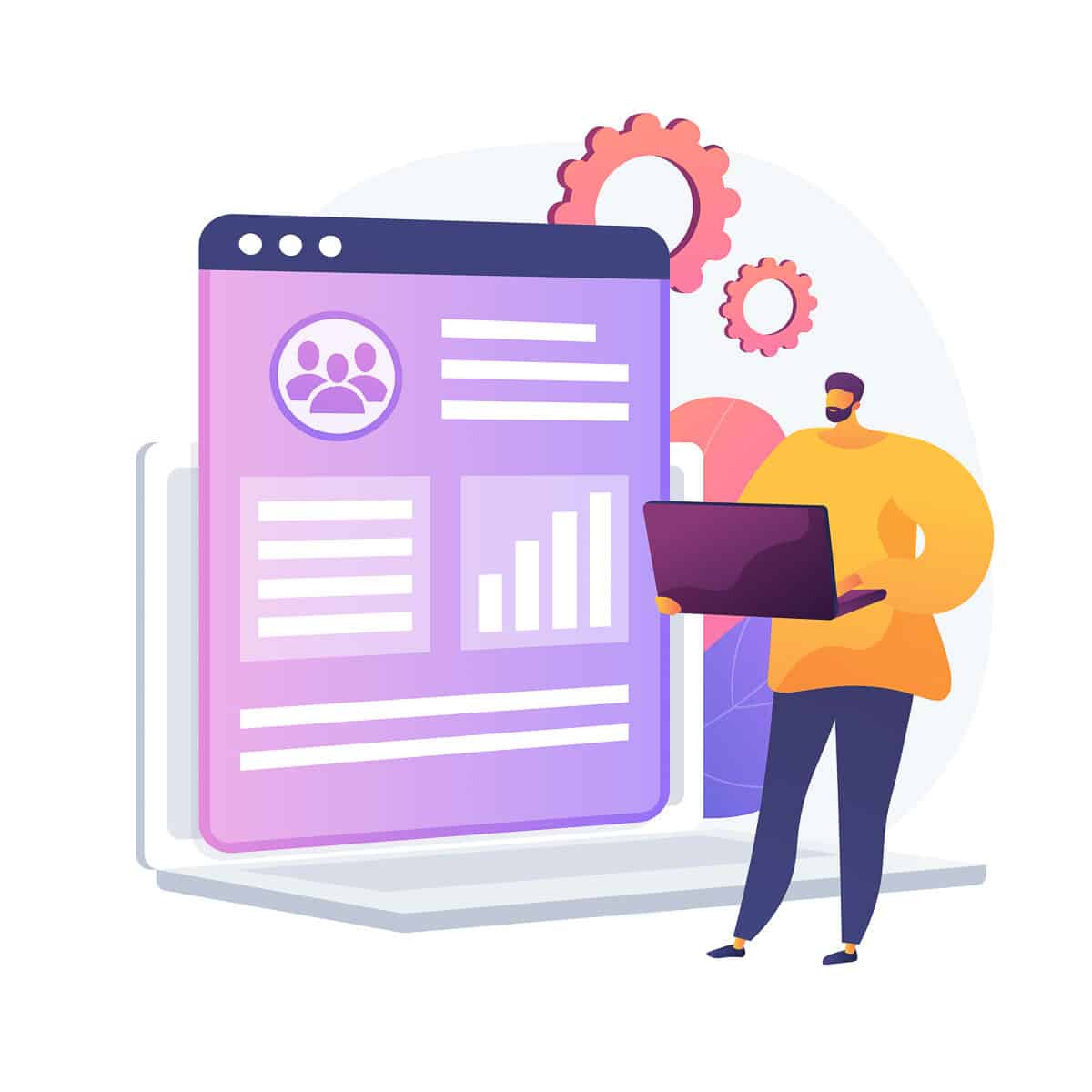
User intent, otherwise known as query intent or search intent, is the identification and categorization of what a user online intended or wanted to find when they typed their search terms into an online web search engine for the purpose of search engine optimization or conversion rate optimization.
In other words, is what a reader intends to find when they click on a result.
User intent is a decisive factor to rank in Google. So you need to take it into consideration when writing.
Hence, any time you want to write about any topic, you should always try to match user intent. No more writing the first thing that comes into your head!
How to fix it?
The easiest way to check user intent is by looking directly at Google. For instance, let’s say you want to write a blog post about “Business ideas for entrepreneurs” Then you should start by checking on Google what the top results are:

You can clearly see from this snapshot that the results are numbers of ideas for entrepreneurs. Meaning, that is exactly what readers would expect to find on those blog posts when they click.
So if you want to succeed in matching user intent, Google your idea and write according to the top results.
3. Not having a content plan strategy.
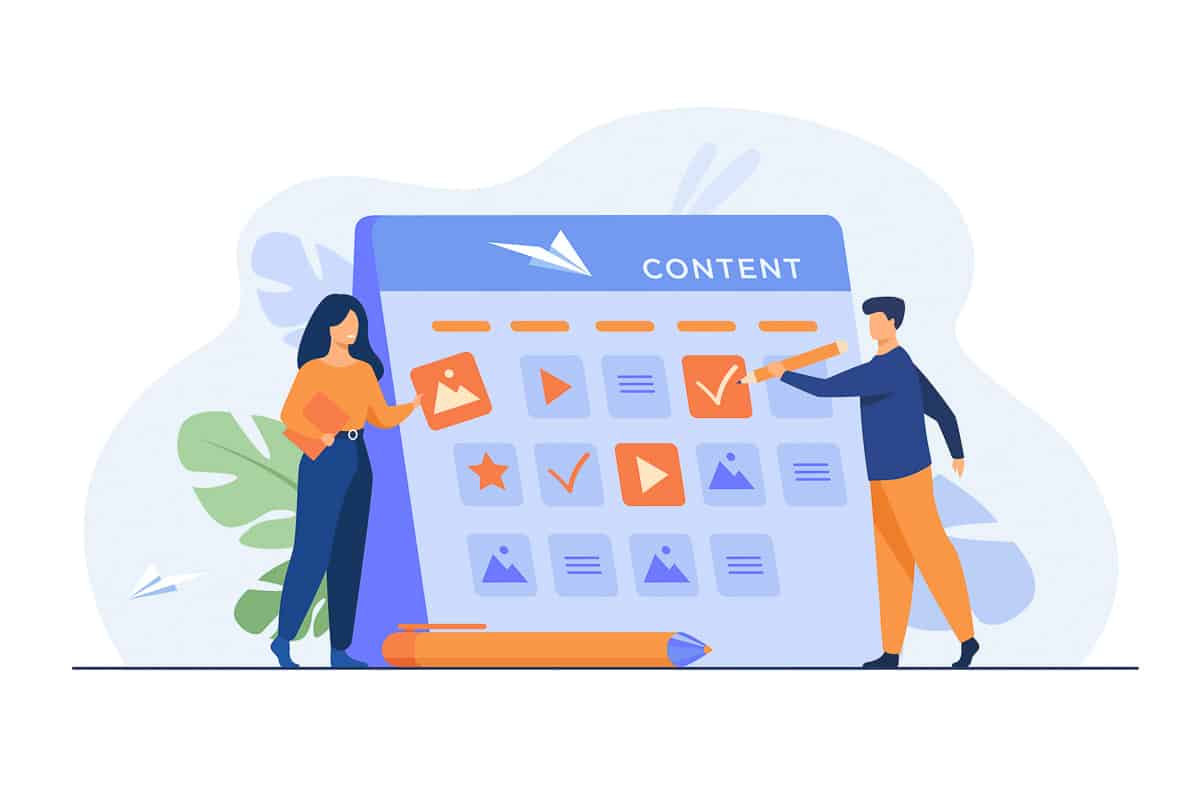
Not having a content plan is a serious amateur blogging mistake.
A content plan strategy helps you work towards your goals and set priorities. It allows you to plan your work and focus on your objectives.
When you start your blogger journey, it is easy to get lost and distracted by the number of things you need to do: research topics, research keywords, plan content, write the blog post, promoting, etc. There is simply a lot to do.
That is precisely why you need a content plan strategy. So you can keep focused on what is really important.
How to fix it?
Create a solid content strategy plan.
I suggest you use ClickUp for this. ClickUp is a simple but powerful project management tool with plenty of templates that will help you organize your workload.
It is the tool I use to manage all my websites and plan my content strategy. So I can tell you first hand is worth it (and has a free plan). All you need to do is to import the “blog template” and fill it. As simple as that.

4. Not optimizing for Search Engine Optimization (SEO).

SEO (search engine optimization) is the practice of increasing the quantity and quality of traffic to your website through organic search engine results. According to a study, organic search traffic accounted for 51% of all traffic to business services site. And social only a 5%.
That is how serious you should consider optimizing your posts for SEO.
Not optimizing for SEO, is a common mistake amateur bloggers commit. The reason is that they are scared of SEO.
But the truth is that isn’t that hard. In fact, all you need to do is to follow SEO advice from professional bloggers. And you can find many good SEO articles for free that you can follow step by step.
How to fix it?
Optimize your content for SEO. If you don’t know anything about SEO, here are some options to get you started:
- Check this SEO guide from Backlinko.
- If you want to learn fast with videos, head to Fiverr learn, type “SEO” and select one of the many good options.
Lastly, I wrote a comprehensive article about keyword research with a free SEO on-page optimization checklist that might be helpful.
5. Not writing for a targeted audience.

This is probably one of the most common mistakes of amateur blogging- You need to write for a targeted audience and not for everybody.
If you write for a broad audience, chances are you are not engaging anyone. Instead, you should niche down and be as specific as you can. It will help you connect with your audience deeper and even become their favorite resource.
The more unique and specific your point of view and your focus is, the better.
How to fix it?
Create a buyer persona. A buyer persona is a detailed description of someone who represents your target audience.
This is not a real customer, but a fictional person who embodies the characteristics of your best potential customers.
Learning about your ideal customer bases, like their struggles and goals, will help you create more effective niche marketing strategies to attract them in the future.
6. Not properly linking.
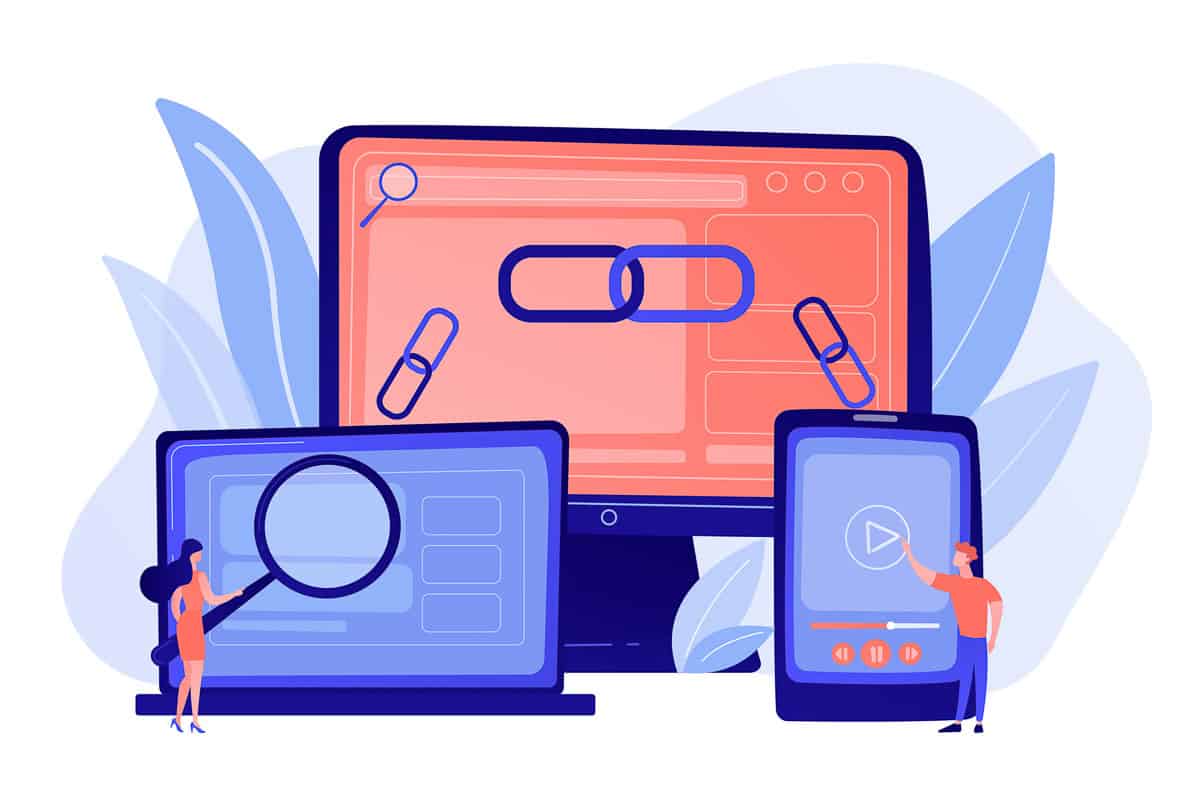
Another important mistake amateur bloggers commit is forgetting about how important linking is.
Linking properly can help your website rank higher. I will break down the different kind of links you need to use:
- Internal links. You want to include internal links to your own content to encourage people to stay on your website. This also allows you to offer any context needed instead of leaving them to go Googling for another resource. Lastly, internal linking is an important factor that will help your articles rank higher.
- External links. Linking to third-party sites can give you a solid SEO advantage. Linking to non-competing third-party sites that have high-quality information will allow your users to get more value from your post. Also, it builds credibility, and it’s good in Google’s eyes. Which ultimately will help you rank higher.
How to fix it?
Revisit your inbound and outbound links and update them accordingly.
A simple way of doing it is by using Yoast SEO plugin. It will remind you if you have enough inbound and outbound links on your articles.
However, I suggest you dedicate some time, especially to your internal linking strategy. Linking internal posts that are related could help your readers further (and you with the ranking). The most efficient way for internal linking is by using Link Whisper.
7. Not using enough visuals.

We live in a modern world where visuals are extremely important.
If you want engaged readers, you should use high-quality visuals. Moreover, people like to share visual content. So you won’t get as many shares if your content is not visually appealing.
On top of that, visuals help to make your content more skimmable. Which ultimately improves user experience. Another important factor for higher rankings.
How to fix it?
Use high-quality visuals on each of your blog post sections and as a context for your copy.
I suggest you check free photography stock sites like Unsplash, Pixabay, and Vecteezy to find your images. Then you can also use a photo editor to create your feature images or marketing images. If you can create appealing and engaging graphics, you’ll likely get more shares and exposure.
8. Trying to use many social networks.

This is another of the common mistakes amateur bloggers do a lot.
When you create a new website, you also need social media presence to spread the word. Most of the newbies try to join as many social networks as possible.
But that is a mistake.
Instead, you should invest some time in learning how one social network works to drive traffic to your site.
You will be surprised by the time it takes to master a single social network. Not to mention that the main trick to drive traffic is investing a lot of time on them. You will need to post frequently and understanding how the algorithm works for better results.
How to fix it?
Select only two social networks and master them. Once at a time.
My recommendation is to check which social network works best in your niche. For instance, if your niche is travel, I’d go for Instagram and Pinterest. But if your niche is business-related, Twitter and LinkedIn might have more sense
The goal here is to join one social network at a time until you can master it and use it to drive traffic efficiently to your site.
9. Not promoting your blog posts enough.

Another common mistake amateur bloggers do is forgetting about promoting enough their content.
After taking the time to research and write about a topic, you need to put it in front of as many eyeballs as possible. Otherwise, it would be a waste of time and resources.
Many amateur bloggers think it is enough to post a link to the social networks and wait for the magic to happen. But it is far from that.
If you want to have any chance in such a competitive world where thousands of posts are shared every day, you need to do much better.
How to fix it?
Create a social media calendar plan and post more frequently.

To be honest, there are not free tools that can help you with this task efficiently. Unless you create and maintain an excel.
However, there are plenty of affordable tools that can help you and will have a positive impact on your strategy.
The tool I use and can recommend you is Social Pilot. It is a social media scheduling and marketing tool that can schedule your posts to social media networks like Facebook, Twitter, LinkedIn, Google My Business, Pinterest, Instagram, TikTok, Tumblr, and VK. Social Pilot won’t only save you a lot of time but will help you driving traffic with consistent schedules.
10. Sharing only your stuff.
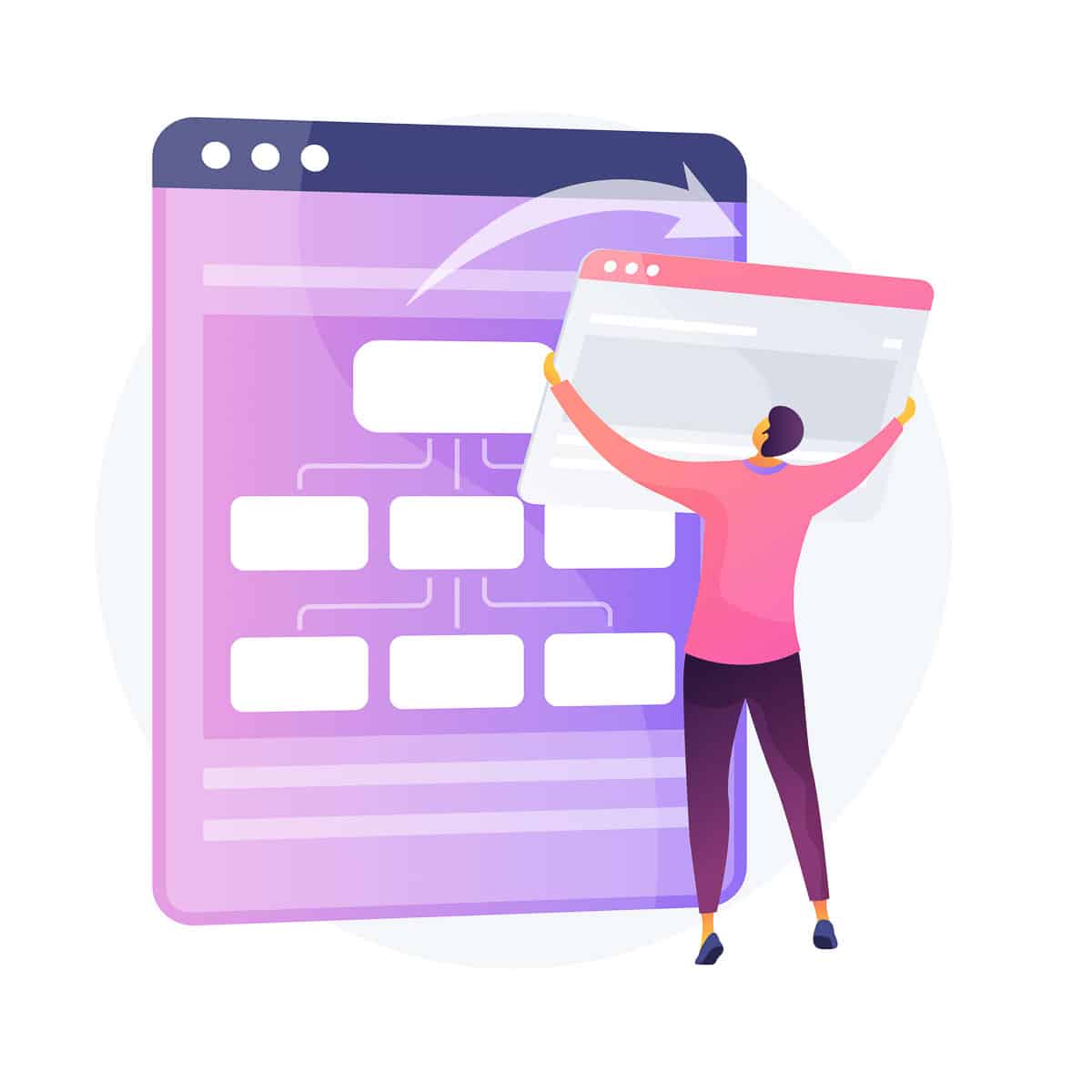
When you are starting a website, you won’t have much content to share.
So how can you really engage readers and grow your social media presence?
The answer is with content curation. Content curation is about finding great content and presenting it to your social media followers in a way that adds value.
That is how you make readers engage with your posts.
Also, if the content you provide adds value to your targeted audience, eventually they will come looking for more.
How to fix it?
Check social networks for content worth sharing with your audience.
It won’t only help you increase your followers but even establish new relationships with other bloggers.
11. Ignoring list building.

From all the amateur blogging mistakes in the list, this is one that even some pro bloggers commit.
List building is one of the most powerful resources any blogger can have.
Think about it: It gives you the chance of landing on your subscriber’s inbox. That means they won’t be compulsively scrolling on social networks without paying attention to the content. Instead, you have the opportunity of a one to one. And that is a very powerful tool that can help you increase your revenue.
But in order to land in your subscriber’s inbox, first, you need to catch their email. And that is what list building is about.
How to fix it?
Attract your target audience with appealing opt-in forms.
An opt-in is a form of consent given by web users, acknowledging interest in a product or service and authorizing a third party to contact them with further information.
For example, let’s say you write an article about recycled Covid masks. Then, you could create an infographic with the benefits of using recycled Covid masks. But if someone wants to download the infographic, needs to give you the email in exchange.
That is essentially how you do list building. You provide something a reader wants in exchange for an email. But in order to do that, you need a plugin to create these offers (opt-in forms).
The tool I use and I can recommend you to build your email list is Convert Pro. It is very easy to use with a drag and drop editor, load very fast and makes a pretty good job converting your readers into subscribers. Take a look by yourself and see how Convert Pro works.
You might want to read next:
Amateur blogging mistakes conclusion
It is normal to make mistakes when you are an amateur blogger. But with the tips on this post you can fix most them.
If you follow them, you will see how your blogging journey starts to improve. Also, check these content writing tips and free traffic sources for the perfect combo.
Test what things work and which do not. Change the things that do not work and implement more of the things that do. That is my piece of advice
Now is your turn!
Did you find these amateur blogging mistakes and how to fix them useful?
Leave a comment below.
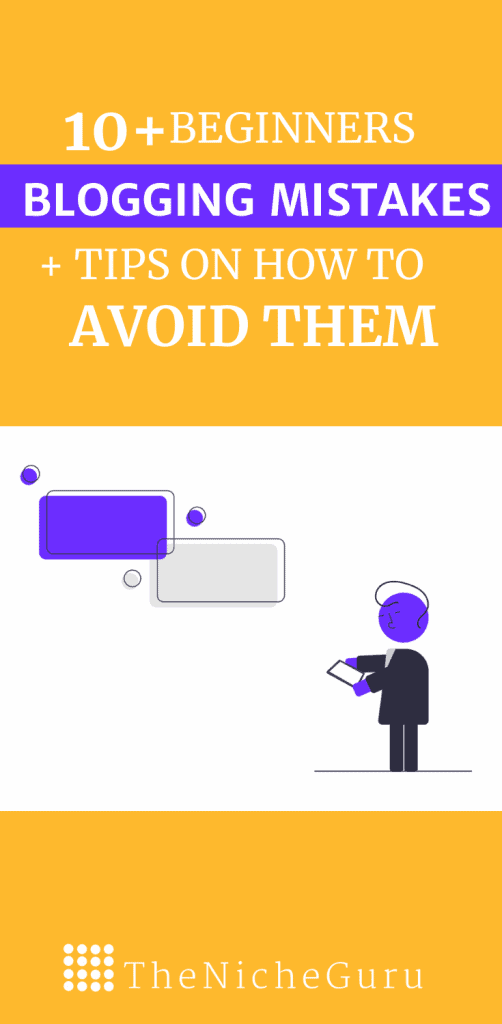
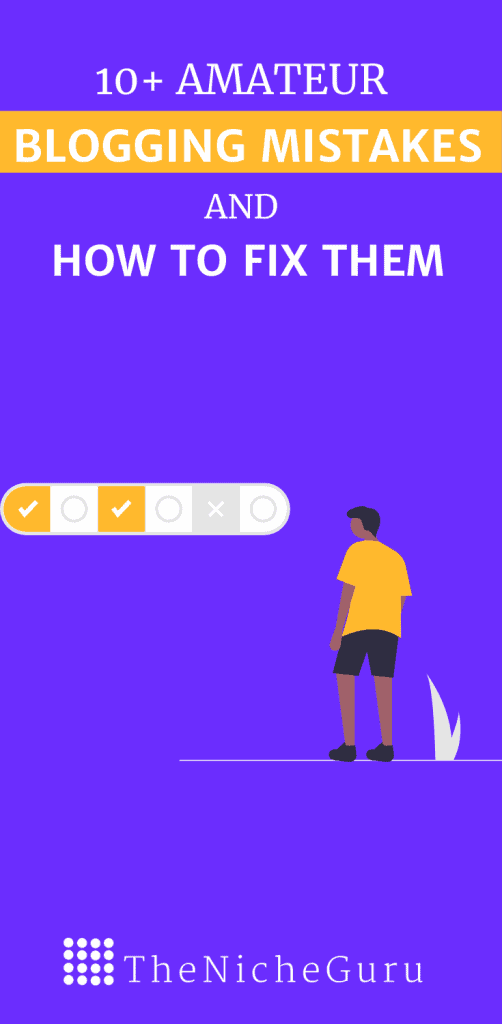
RELATED CONTENT
Unlock Big Wins: Red Casino’s Welcome Bonus Benefits for New Players
The Benefits of Red Casino’s Welcome Bonus for New Players Welcome to Red Casino, where…
Karamba Withdrawal Options: Cash Out Effortlessly for UK Players
Withdrawal Options at Karamba: How British Players Can Cash Out When it comes to online…
Experience Thrilling Live Dealer Games: An Inside Look at Paradise8
An Inside Look at Paradise8’s Live Dealer Games For those looking to experience the thrill…
